No signal? Get ready for a mobile drone network
Drones and balloons will deliver 4G phone signal in hard-to-reach areas

When disaster hits, connectivity is crucial and without a mobile network it can slow any attempts at vital rescue operations. There is a solution though, as EE has just unveiled its new range of Air Masts.
These flying mobile masts can be sent into areas which are experiencing issues – such as a flood-hit town – and quickly provide a 4G mobile network to aid emergency services and members of the public.
They support 999 calls for everyone, no matter which mobile network you're on - so if you're in a flooded area and on O2 (for example) you'll still be able to utilise EE's solution to ring the emergency services.
Drone home




EE’s 4G drones are able to access the most challenging of geographies, flying to areas where vehicles simply can’t go and providing an almost instant connection.
Once in place the 19kg drone takes around 15 minutes to set up, and once operational it can provide around an hour of network coverage over a 1km area.
That’s not a huge amount of time, but handy for rapid response events which need an instant connection.
You're not going to see these drones floating around just yet though, with EE expecting them to take to the skies in around three years.
Sign up for breaking news, reviews, opinion, top tech deals, and more.
EE is also looking at personal solutions with the drones, with the potential of a drone following you on a mountain climb or remote activity to ensure you always have signal. Perfect for a summit selfie.
A load of hot air

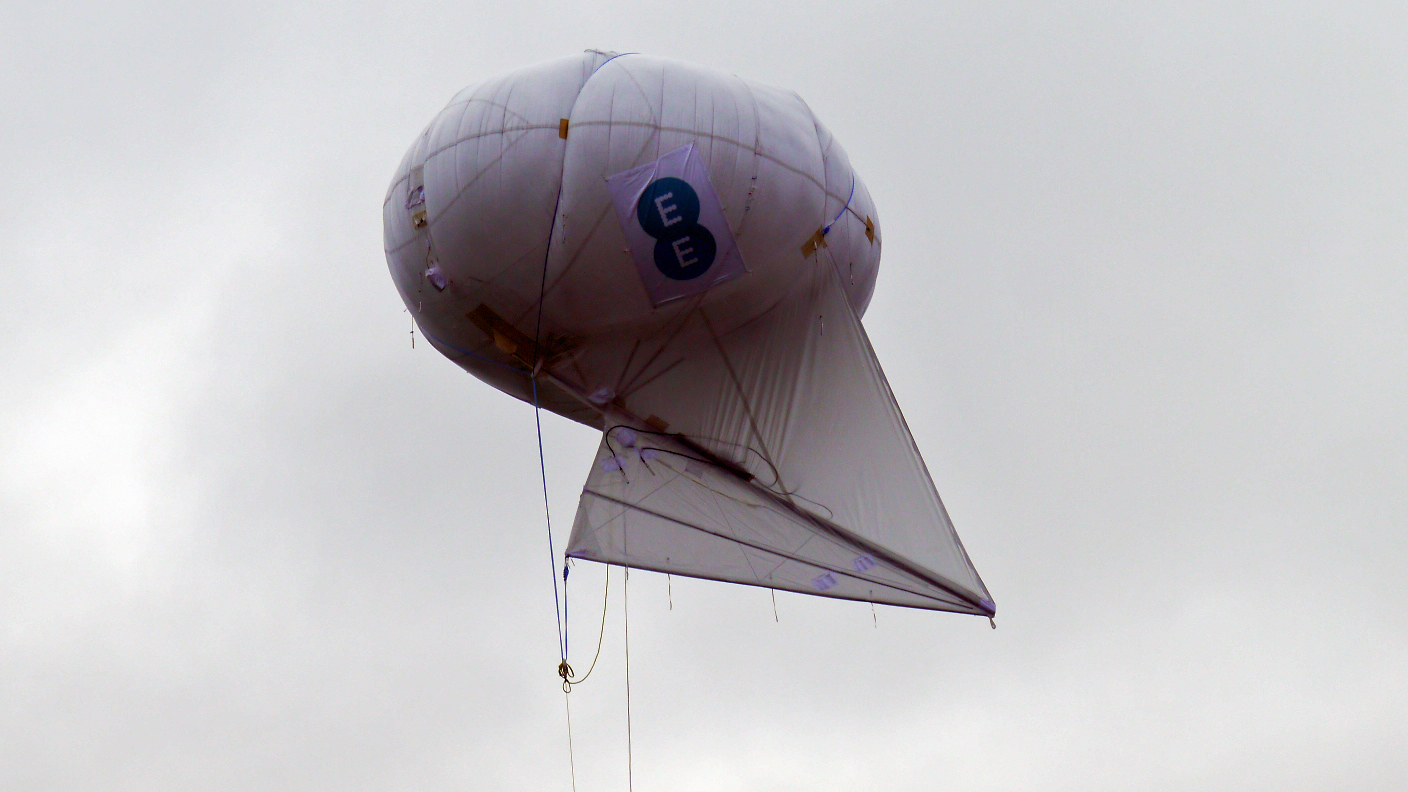

When something more permanent is required, the Helikite can be deployed.
Arriving on a trailer towed by a car, the balloon features a kite with a long keel to keep it stable in high winds and is tethered to a custom-built trailer with a line that provides power to the balloon.
The helium-filled balloon takes around 15-30 minutes to deploy, flies at a height of 300 feet and can stay in the air for up to a month, connecting to a satellite to provide 4G coverage of up to 4km.
While EE isn't using its balloon solution just yet (other than for testing), CEO Marc Allera confirmed that he wanted to deploy the first one in a rural UK location by the end of 2017.
Staying grounded
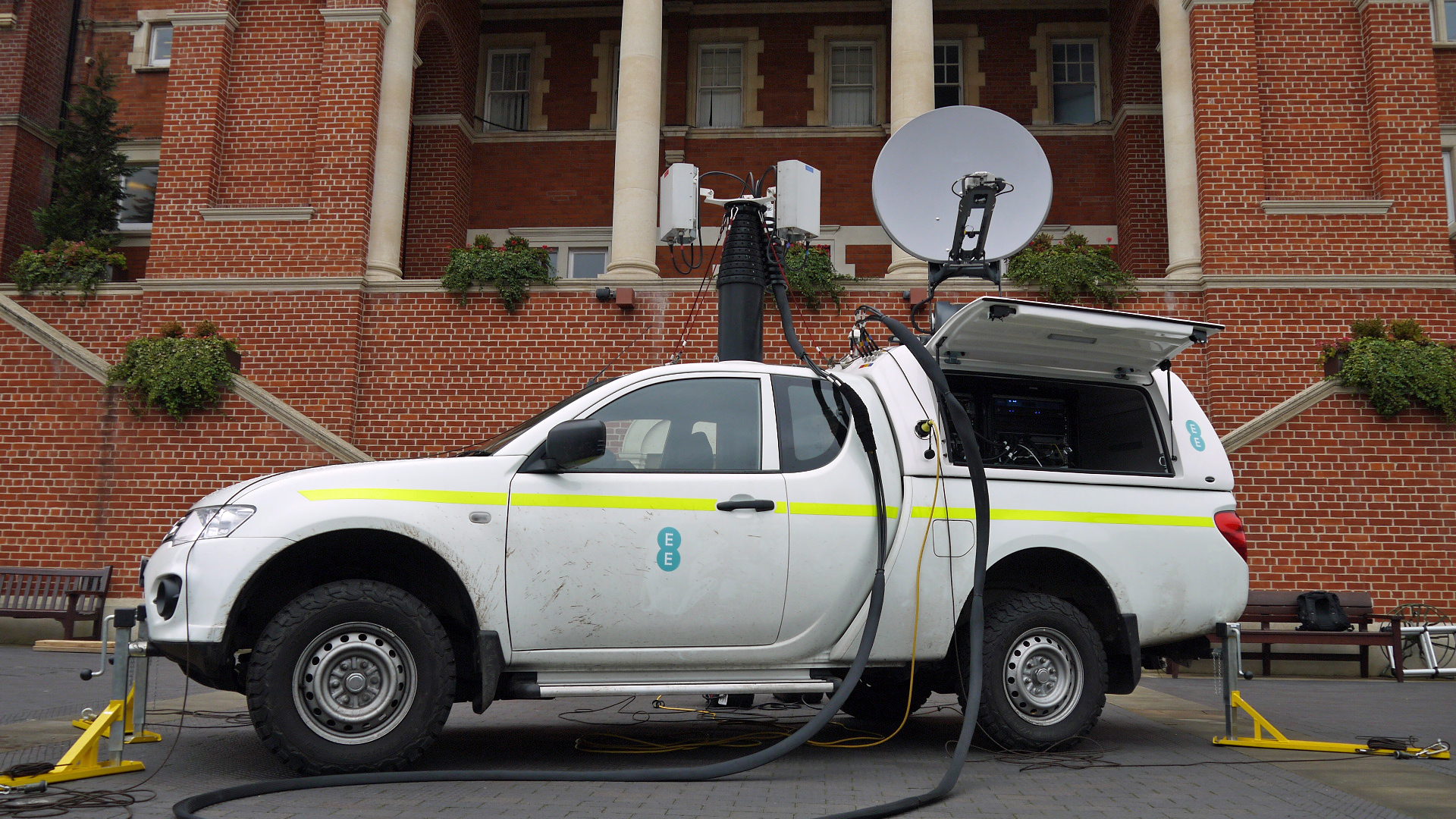
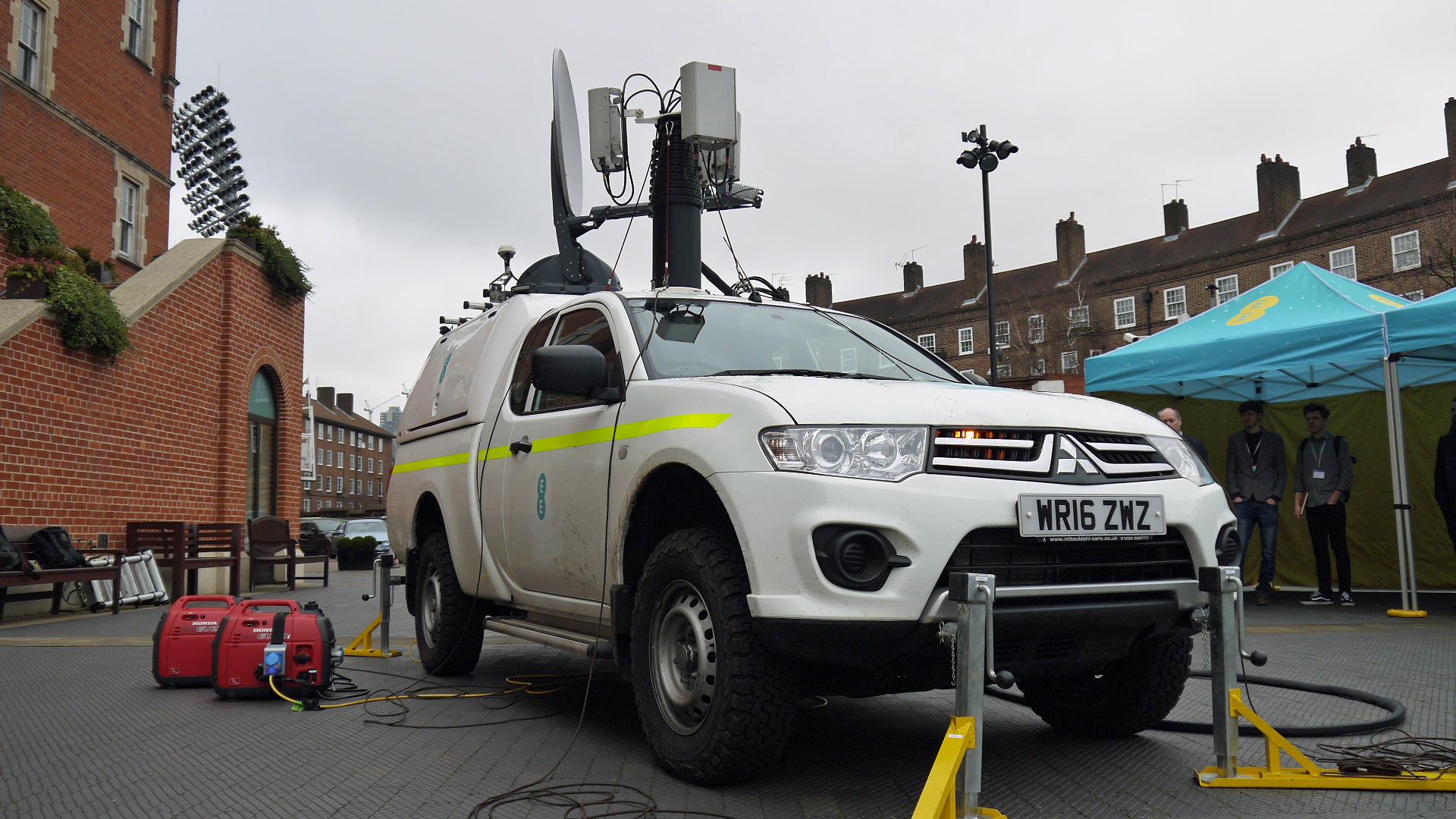
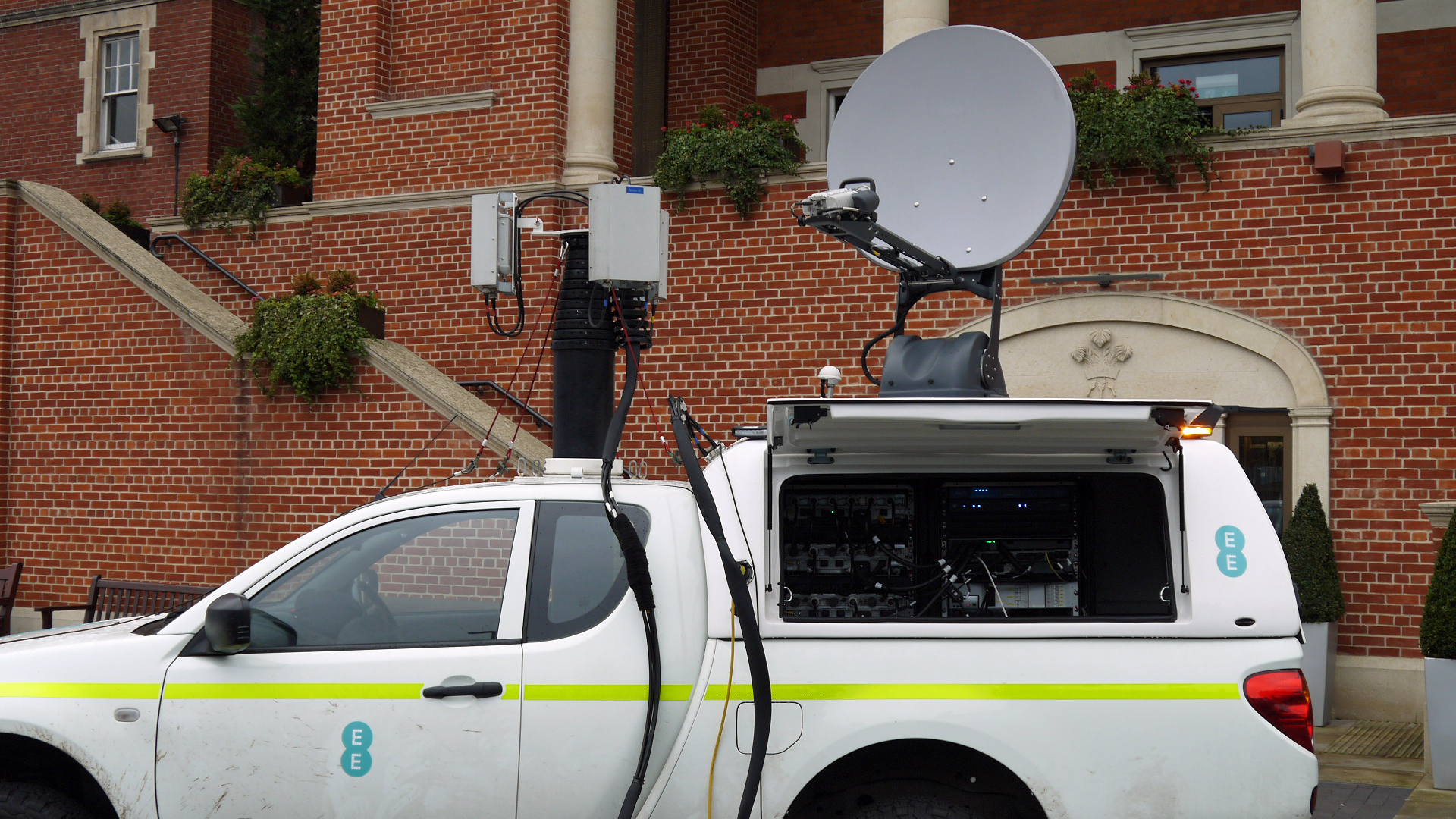
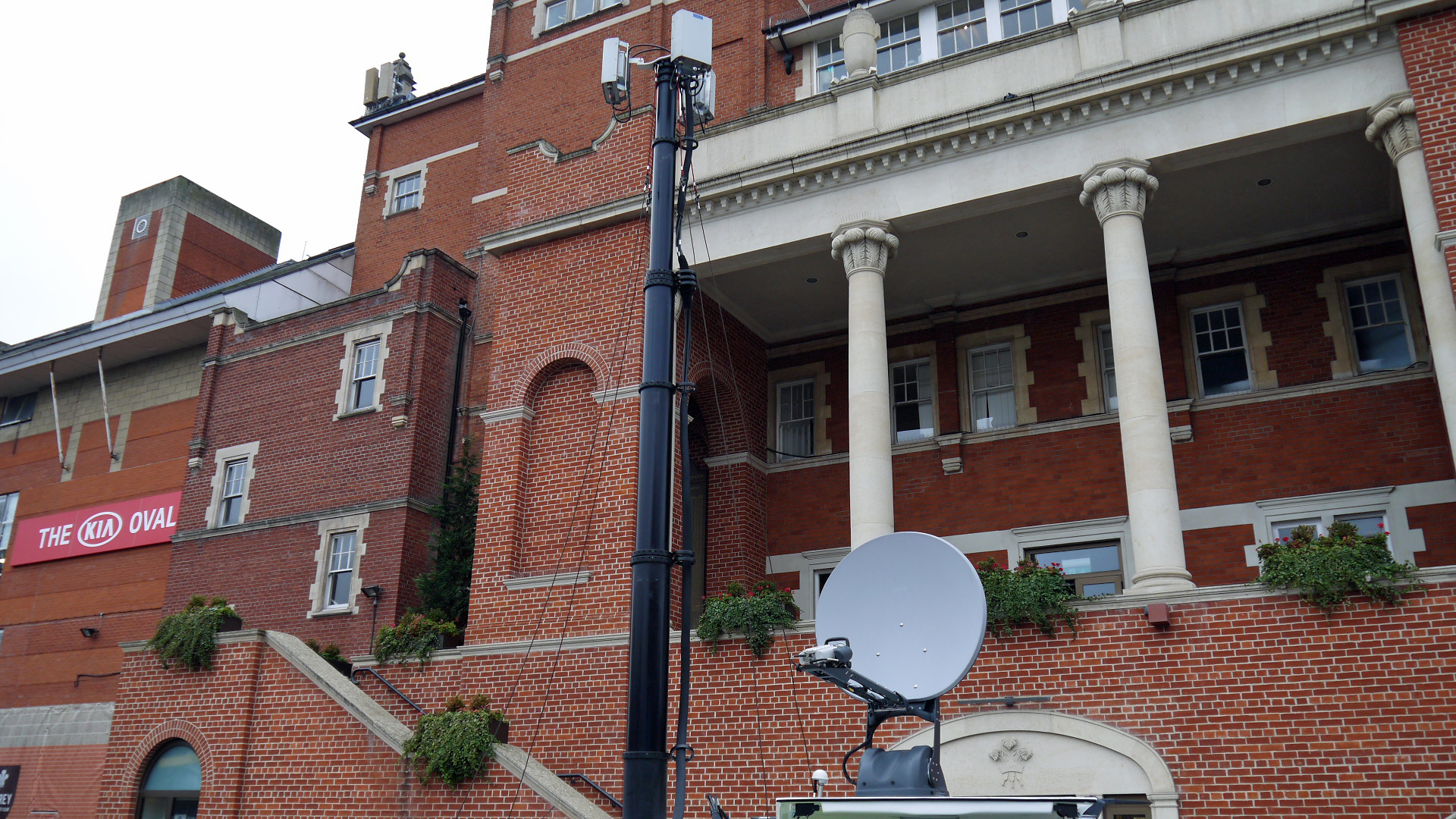
EE is also working closely with emergency services to provide a fleet of 30 Rapid Response Vehicles (RRVs) which provide 4G coverage thanks to a 11.5 metre mast on the top of a 4x4 pickup truck.
This mobile base station can be up and running in under 30 minutes and can provide 24/7 coverage for up to three days.
It uses either the 800MHz or 1800MHz frequency, allowing the RRV to be tuned for network coverage (covering a wider area up to around 2km) or network capacity (a smaller area of coverage, but more data can be carried).
Allera said that EE's ultimate aim is to "keep our customers connected when disaster strikes, but also for events and activities such as climbing a mountain or remote surfing.
"We want to provide coverage on demand, keeping them connected all the time, whether they go." A future where you always have signal is possible then, but do you want it?

TechRadar's former Global Managing Editor, John has been a technology journalist for more than a decade, and over the years has built up a vast knowledge of the tech industry. He’s interviewed CEOs from some of the world’s biggest tech firms, visited their HQs, and appeared on live TV and radio, including Sky News, BBC News, BBC World News, Al Jazeera, LBC, and BBC Radio 4.